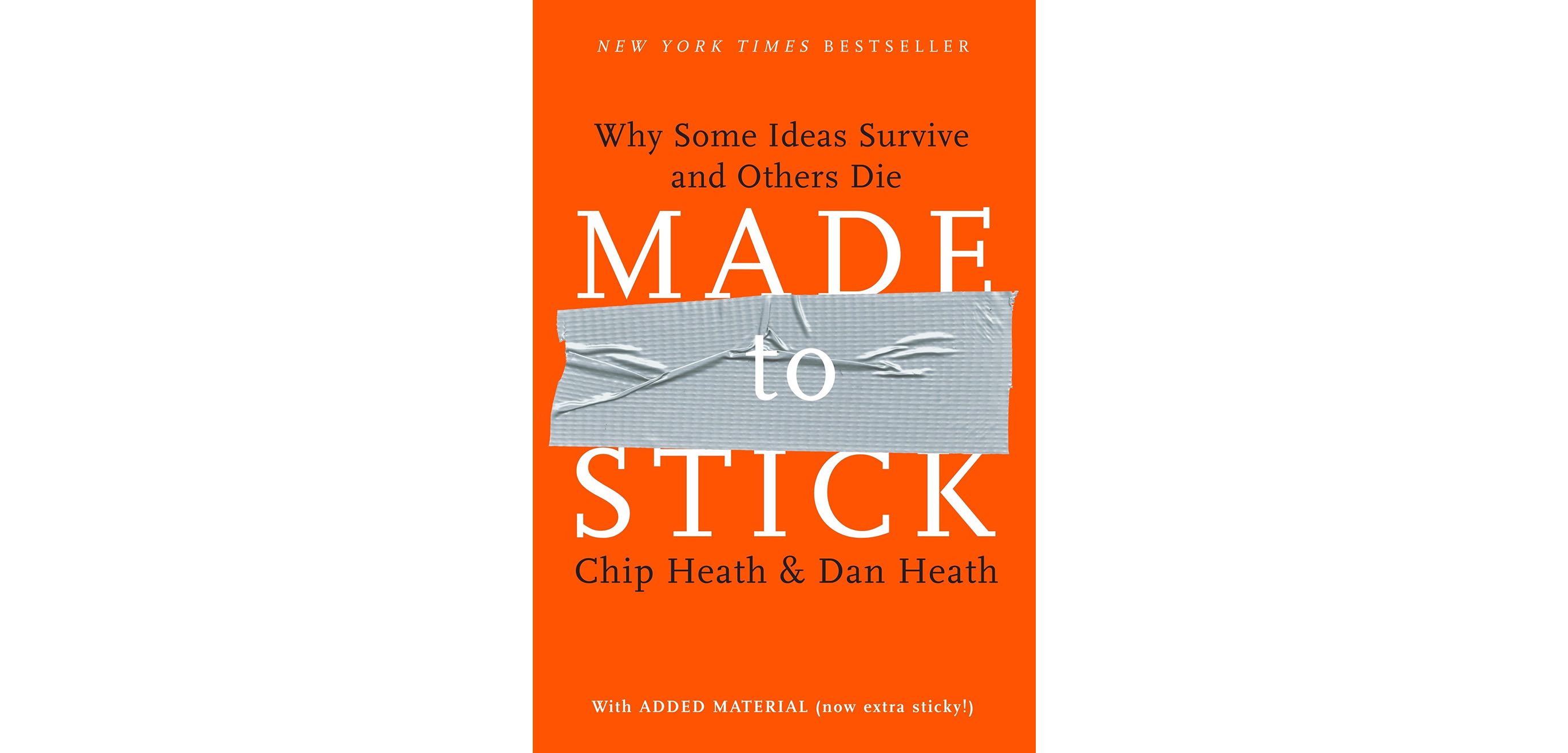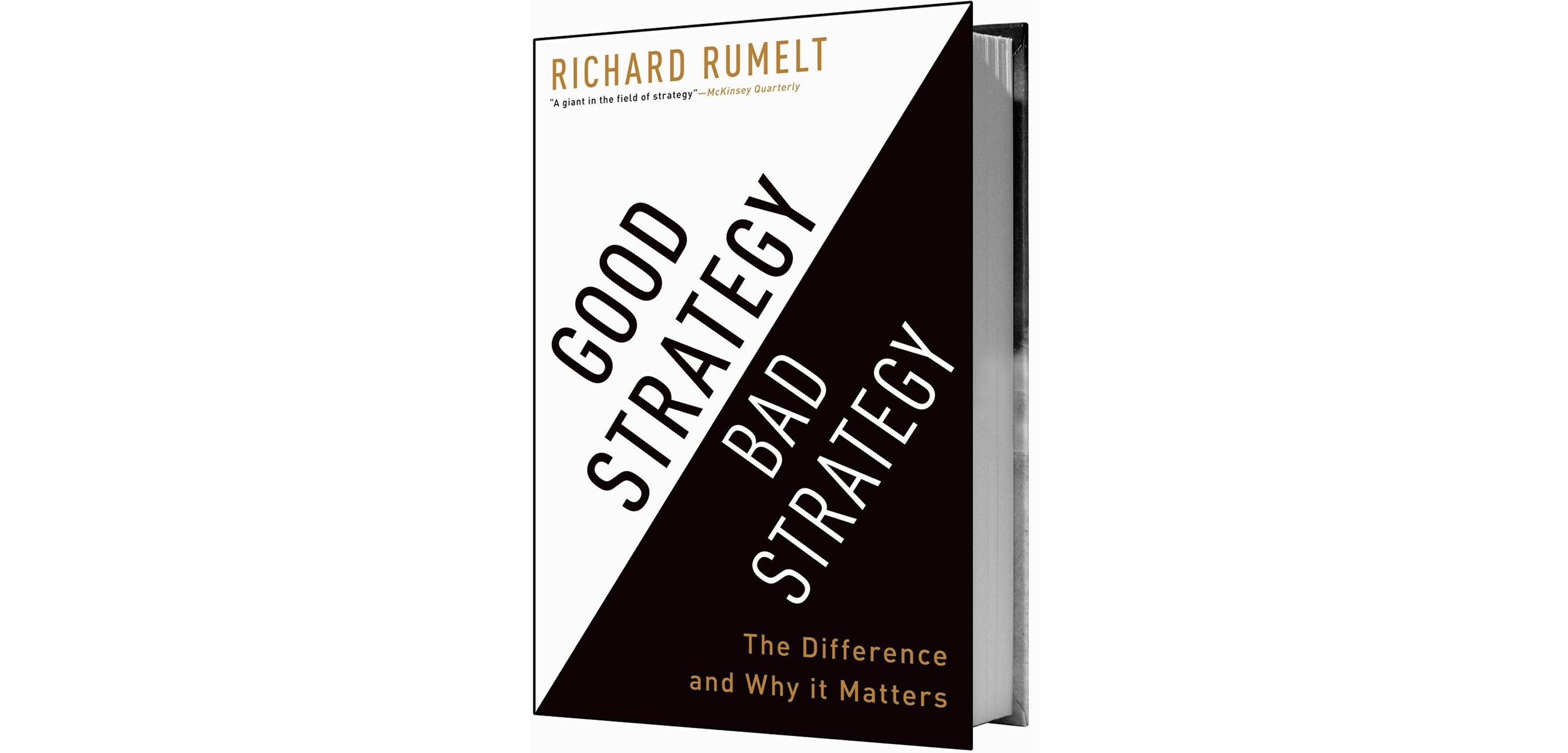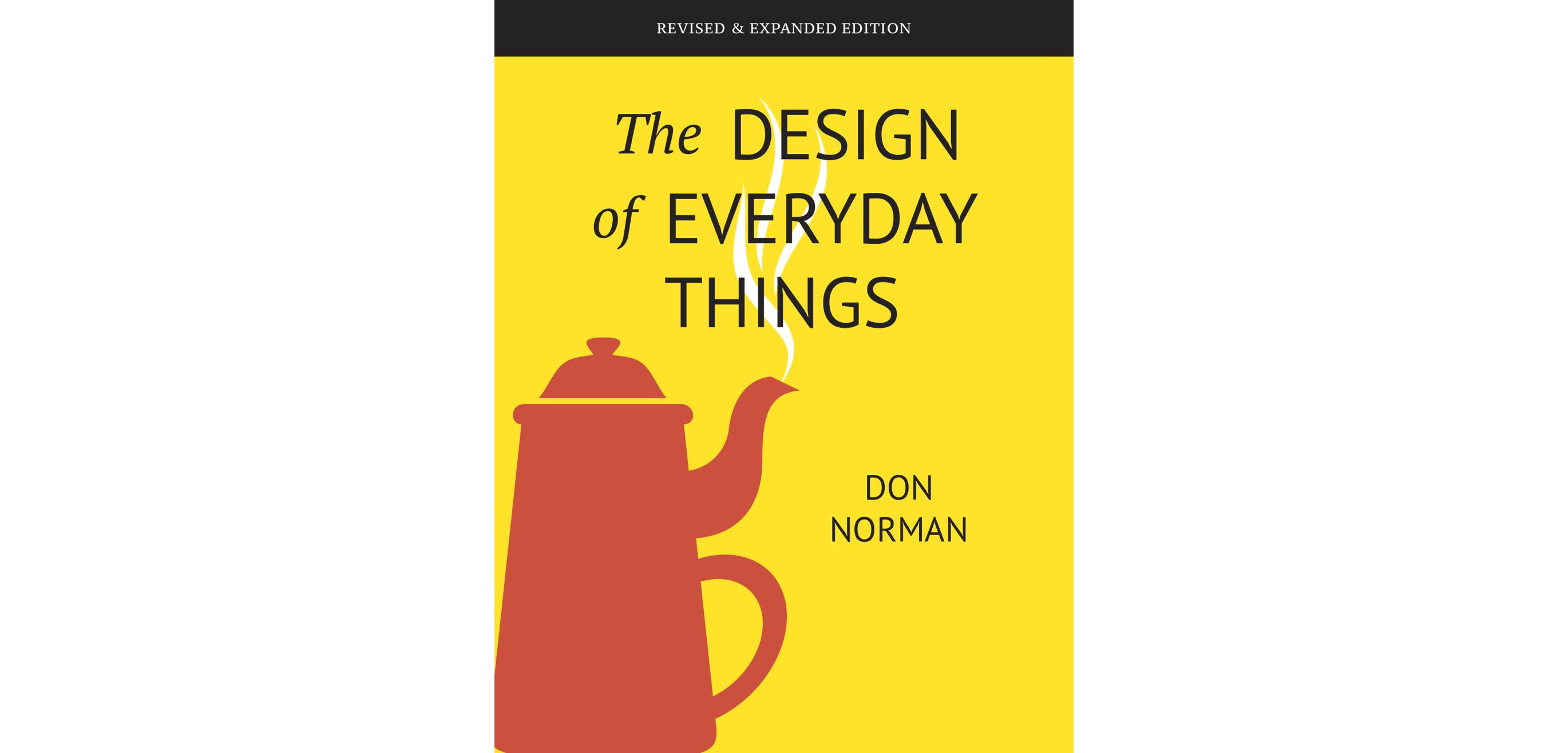As we steam ahead through 2020, wrapped up in work and other commitments, it’s often easy to forget to take a step back every once in a while and reflect on what we actually want to achieve for the year ahead.
Having fallen into this trap myself, I often find it a good solution to try and get down on paper a list of the things I’d like to do that year. Whether you end up actually reaching those goals is, of course, an entirely different story but it’s the trying that counts, isn’t it?
Setting personal goals like these, although sounding a little cliche can often help to drive you forwards and push yourself to explore new and exciting things (if you stick to them that is!).
Last year was a busy one for me and aside from a lot of internal changes here at Wolfcub, I also got to enjoy a lot of fun activities outside of the office, I bought a new house, surfed in Devon, went cliff jumping in Wales, abseiled down the world’s tallest moving observation tower and represented by local boxing club in my first competitive fight, raising a modest £750 for the Rethink Mental Illness charity.
Escaping into books…
Putting this adrenaline-fuelled set of life experiences to one side, I also really enjoyed the escapism of reading just as much. A self-confessed bookworm, I managed to get through a lot of books this year, both personal and business focussed, as the team here at Wolfcub will no doubt tell you if asked.

So, without rambling on any further I thought it might be a nice idea to share my top 5 business-focused books to give you some reading for this year.
Some of which you may have heard of or read already, but hopefully there’s something new in here for you to explore.
The Power of Moments

Defining moments help to shape our lives.
In The Power of Moments by Dan and Chip Heath, they discuss how even brief experiences can have a lasting impact on us in both our life and work.
Research has found that in recalling an experience, often we choose to ignore most of what happened and focus instead on a few particular moments.
The length of the experience plays no relevancy – a phenomenon called “duration neglect”. Instead, we rate our experience based on two key moments: (1) the best or worst moment, known as the “peak”; and (2) the ending.
Psychologists like to call this the “peak-end rule.”
When we try to recall a memory or experience, we don’t relay a minute-by-minute set of encounters but rather, we tend to remember flagship moments: the peaks, the pits, and the transitions.
A defining moment is a short experience that is both memorable and meaningful.
How is this relevant to me and my business I hear you say?
Well, defining moments are what makes us and ultimately that applies not only to your employees but also your customers.
To ensure you are creating defining moments in your business, you must check that they possess at least one of these four elements:
Elevation. (1) Boost sensory appeal; (2) Raise the stakes; (3) Break the script
Insight. (1) Trip over the truth; (2) Stretch for insight
Pride. (1) Recognize others; (2) Multiply milestones; (3) Practice courage)
Connection. (1) Create shared meaning; (2) Deepen ties; (3) Make moments matter
Top Takeaway Tips
- When we recall an experience, we tend to remember flagship moments: the peaks, the pits, and the transitions.
- A defining moment is a short experience that is both memorable and meaningful.
- Defining moments are created from one or more of the following elements: (1) Elevation; (2) Insight; (3) Pride; (4) Connection.
- If you’re struggling to make a transition, create a defining moment that draws a dividing line between Old You and New You.
- Transitions should be marked, milestones commemorated, and pits filled.
Change by Design

Integrating design thinking into your product’s process is a necessity these days if you are to stay ahead and bring about a positive change in an ever-evolving landscape.
Over the last decade, in fact, Design has become such an integral part of how most organisations function the term itself has moved on from being something reserved purely for designers and is now a role anyone can play and get involved with.
In Change by Design, Tim Brown talks in-depth about how Design thinking encourages us to take an integrative approach to innovation. This approach combines three overlapping “spaces,” through which a project may cycle several times.
First comes inspiration
In this space, we consider a problem or opportunity, thinking about what we can do to solve the problem or bring the opportunity to fruition.
Second is ideation
Here we develop our ideas and theories, and then put them to the test.
Last is implementation
In this space, we introduce our idea to the market.
You won’t march directly through these three spaces – rather, most innovations will pass through each space a number of times as part of the design thinking process.
In Summary
- To be a design thinker, taking an integrative approach to projects is crucial.
- Revolutionary design solutions stem from observation and letting consumers take the lead.
- Think with your hands, not just with your head! A prototype will get your idea out there faster.
- Design thinking uses storytelling to make ideas and products more relatable to consumers.
- Smart teams and an inspiring work environment are the basis for successful innovations.
- A good design thinker always asks, “Why?” and is willing to take her ideas to the masses.
- Design thinking promotes change by encouraging consumers to adopt more sustainable behaviours.
- Final summary
Made to Stick

For something to stick, you have to notice it first.
Whether it’s an interesting headline or a great article if it doesn’t capture your imagination straight away you’re more likely to forget it or not bother reading it in the first place.
In their first book, Made to Stick, Chip and Dan outline some great examples and tips for how to not only make your content more eye-catching but also stick. From writing better emails to putting together a great campaign, made to stick is an awesome book if you’re looking to further develop your pitching skills and really hone in on good storytelling.
In Summary
- Every idea can be presented so that it sticks.
- A sticky idea must be simple.
- A sticky idea must be unexpected.
- Curiosity gaps help make an idea stick.
- Sticky ideas are concrete and descriptive.
- A sticky idea must be credible.
- Emotional appeals inspire people to action.
- Appeals to action are most effective if there’s something in it for the audience.
- Ideas stick best when they’re told as stories.
- Final summary
Good Strategy/ Bad Strategy

Often a goal or a vision can be a perfectly fine starting point for a strategy.
However, the strategy itself must include precise information on how these goals will actually be achieved.
For example, if your Boxing coach advises your club to win the next championships, he isn’t providing you with any useful information unless he tells you how to win.
In other words, he must provide a plan of action – a strategy.
A good strategy acknowledges the challenges being faced and provides an approach to overcoming them. And the greater the challenge, the more a strategy focuses and coordinates efforts to achieve a powerful competitive punch or problem-solving effect.
There are a lot of books out there which focus on strategy but for me, Good Strategy/ Bad Strategy by Richard P Rumelt, is one of my favourites. It not only makes the understanding of strategy more accessible, but it also gives you some great tips on how to start integrating it yourselves.
In Summary
- Don’t confuse strategy with ambitious goal setting, visions or slogans.
- Every good strategy has the same foundation: a diagnosis, a guiding policy and a set of coherent actions.
- A good strategy demands that you make a choice to move in one specific direction.
- In order to profit from your strategy, you need to ensure that it gives you leverage over your rivals.
- Find the right balance of resources and actions to fit your specific situation.
- You can use the dynamics of changing business circumstances to gain the high ground in a market.
- A good strategy maximizes your competitive advantage by limiting your rivals’ opportunities and maximizing your resources.
- Approach strategy like a science: form a strategic hypothesis to test and then refine your ideas.
- Avoid fatal mistakes by looking at your situation from an outside perspective and learning from others’ past failures.
The Design of Everyday Things

The Design of Everyday Things is a great book by Don Norman, the pioneer of the term User Experience.
Despite this being an older classic it really is a must-read if you truly care about user experience and design. It talks about how design serves as the communication between object and user, and how to optimise that communication in order to make the experience of using the object pleasurable.
“Good design is actually a lot harder to notice than poor design, in part because good designs fit our needs so well that the design is invisible, serving us without drawing attention to itself. Bad design, on the other hand, screams out its inadequacies, making itself very noticeable.”
– Don Norman
In Summary
- Products that are difficult to use or understand are the result of faulty design – not stupid users.
- A well-designed product teaches its users how to use it.
- The design process needs to consider human psychology.
- The key to fixing bad design is to find the “root cause” of the problem.
- Good design uses product constraints to help the user understand the product.
- Well-designed products communicate with users by providing feedback.
- Design needs to be human-centered to bring technology and people closer together.
- Successful products require patience and cooperation between marketers and designers.
- Final Summary
Other recommendations include
Some that I haven’t mentioned but equally as good are Hacking Growth by Morgan Brown and Sean Ellis, Blitzscaling by Reid Hoffman and Chris Yeh, Make Time by Jake Knapp and John Zeratsky and Radical Candor by Kim Scott.


